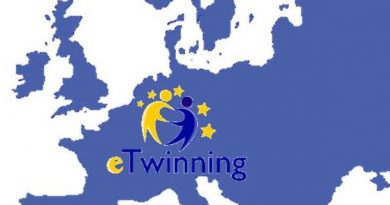PBL AND DRIVING QUESTIONS
The active methodologies suggested in Order ECD/65/2015 bring up the role of contextualisation of learning. The strategy is seen as an attempt to facilitate the learners´ comprehension of the language. This inference of meaning is an indispensable strategy that brings about practical learning and plenty of linguistic benefits. It implies that the teacher should assume the role of “creator of learning scenarios” which engage children and create willingness to infer meaning. Libow and Stager (2013) define the term project as kind of work which is substantial, shareable, and personally meaningful. In other words, when a teacher creates a well-designed prompt that capitalises the learners´ curiosity, they can embark on complex, long-term learning adventures.
In order to implement practical PBL units, it is useful to think of a driving question (DQ) that shall introduce children in the topic creating an interest. This shot for the start creates an initial motivation that shall be maintained with engaging shared tasks, ranging from simple to more complex and demanding.
A good driving question is good for both teacher and learner, helping the former in the “inquiry” and setting of learning standards, and motivating the later by creating an interest and arousing curiosity. This “curiosity generator” tool engages children in heterogeneous groups. In these “cooperative learning cells” all children keep busy and take on different roles depending on the nature of the tasks. In this working approach, children are informed at the beginning on the unit about the product or outcome they must come up with, and why it is important to get actively involved. After all, if they want to introduce themselves, talk about their daily lives or share funny learning experiences, like recording the karaoke version of a song, it has to be done in English for all partner members to understand.
Libow, S and Stager, G “Invent to learn: making, tinkering and engineering in the classroom”. Torrance, CA: Constructing Modern Knowledge Press, 2013.
Video by Faifax Network



